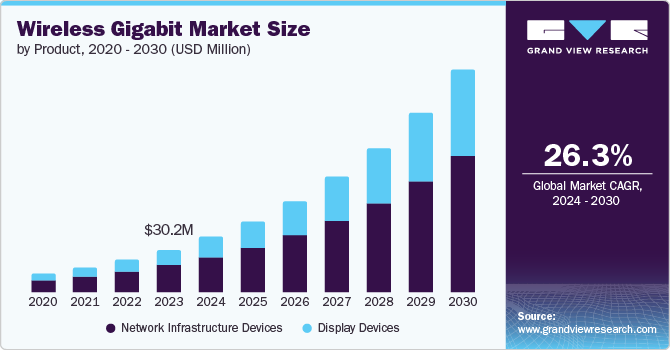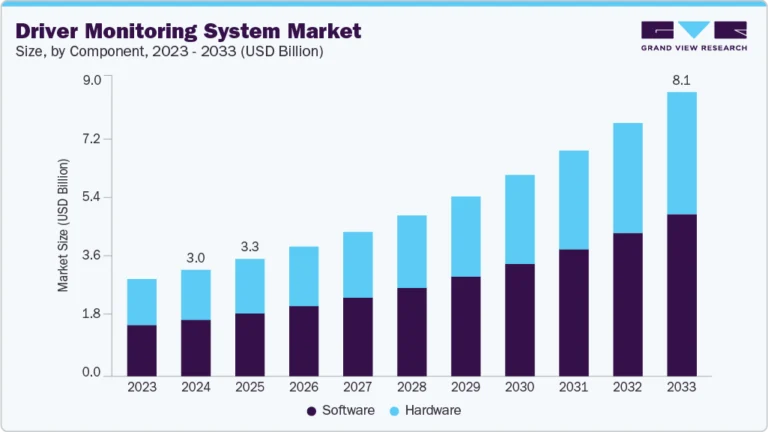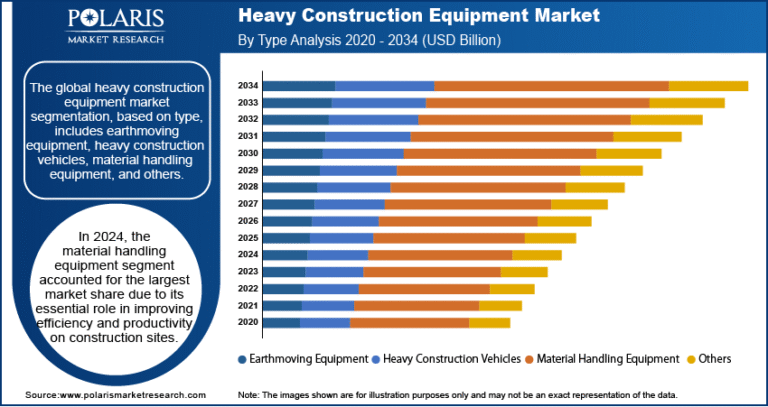Satellite Servicing Market Size, Share & Trends Analysis growing at a CAGR of 10.1% from 2025 to 2033

The global satellite servicing market size was estimated at USD 2,996.1 million in 2024 and is projected to reach USD 7,061.9 million by 2033, growing at a CAGR of 10.1% from 2025 to 2033. Market growth is primarily driven by the rising demand for extending satellite lifespans, the increasing number of aging satellites in orbit, higher investments in space infrastructure, advances in robotic servicing technologies, and the development of on-orbit servicing solutions.
Key Market Trends & Insights
- North America dominated the global satellite servicing market with the largest revenue share of over 38% in 2024.
- The satellite servicing market in the U.S. led the North America market and held the largest revenue share in 2024.
- By orbit, the low Earth orbit (LEO) segment led the market and held the largest revenue share of over 83% in 2024.
- By service, the robotic servicing segment led the market and held the largest revenue share of over 44% in 2024.
- By type, the large satellites (>1000 Kg) segment dominates the market and holds the largest revenue share of over 47% in 2024.
Market Size & Forecast
- 2024 Market Size: USD 2,996.1 Million
- 2033 Projected Market Size: USD 7,061.9 Million
- CAGR (2025-2033): 10.1%
- North America: Largest market in 2024
- Asia Pacific: Fastest growing market.
Request a free sample copy or view report summary: https://www.grandviewresearch.com/industry-analysis/satellite-servicing-market-report/request/rs1
The market growth is primarily driven by the increasing need for extending the lifespan and operational efficiency of existing satellites through in-orbit servicing, refueling, and repairs. The rising demand for cost-effective space operations, especially by commercial satellite operators and defense agencies, is fueling the development of autonomous and robotic servicing technologies. Modular satellite designs and standardized servicing interfaces are further improving the scalability and feasibility of satellite maintenance missions, which is expected to drive the satellite servicing industry expansion.
The rising demand for extending the operational life of satellites is significantly fueling the growth of the satellite servicing market. With the increasing number of satellites being launched for communication, Earth observation, and defense applications, there is a growing need to maintain, refuel, and upgrade these assets in orbit. Satellite servicing technologies enable operators to extend satellite lifespans, reduce mission costs, and improve return on investment. This trend is attracting both government and commercial space stakeholders, thereby driving continuous innovation in the market.
Additionally, the increasing focus on space sustainability and debris mitigation is becoming a major growth driver for the market. The orbital environment becomes increasingly congested, and there is a growing emphasis on in-orbit servicing solutions such as de-orbiting defunct satellites, repositioning assets, and clearing space debris. The satellite servicing industry is evolving to offer robotic arms, autonomous docking, and debris collection capabilities. These solutions ensure safer space operations align with global sustainability goals, boosting adoption across the satellite servicing industry.
Furthermore, the integration of autonomous robotics and AI-based navigation systems is revolutionizing the capabilities of satellite servicing missions. These advanced technologies allow precise, real-time operations such as autonomous refueling, part replacement, and inspection tasks without human intervention. Automating these complex maneuvers enhances mission success rates and reduces operational risks, thereby accelerating the adoption of satellite servicing solutions across both government and commercial space programs.
Moreover, increasing collaboration between satellite manufacturers, servicing technology providers, and space agencies is enhancing the development of standardized servicing architectures. These partnerships lead to interoperable spacecraft designs, modular servicing interfaces, and open-system protocols that streamline servicing operations. The alignment of technical standards across stakeholders is fostering a more integrated and scalable satellite servicing ecosystem, ultimately fueling robust market growth.
Orbit Insights
The low Earth orbit (LEO) segment dominated the satellite servicing market with a share of over 83% in 2024, driven by the rapid expansion of LEO satellite constellations for broadband, Earth observation, and IoT applications. The shorter distances in LEO allow for lower latency and easier access for servicing missions, making it a cost-effective and technically feasible orbit for refueling, inspection, and repair. Growing investments from private players and increasing demand for servicing solutions to support mega-constellations like Starlink and OneWeb further reinforce the segment’s leadership in the satellite servicing industry.
The medium Earth orbit (MEO) segment is expected to witness a significant CAGR of over 9% from 2025 to 2033. This growth is primarily driven by the rising deployment of navigation and communication satellite constellations in MEO, such as those supporting global positioning systems (e.g., GPS, Galileo). The increasing need for life-extension, orbital adjustments, and in-orbit repairs of these critical satellites is fueling demand for advanced servicing solutions. Advancements in autonomous servicing vehicles and standardized refueling interfaces are enabling efficient operations in the MEO environment, further accelerating segment growth.





